Watering and Mowing Practices
Watering
Water your Bermuda grass about 1" during the hot summer months (May - August), preferably in the early morning. Watering in the evening is not preferable, because the lawn stays wet all night, encouraging lawn diseases. Consistently watering your lawn will prevent summer drought stress, which could cause your lawn to go into dormancy early.
Mowing
Bermuda grass should be kept at around 2" tall, mowing when it reaches 3" tall. The rule of thumb for mowing is to clip 1/3rd of the grass blade. Returning grass clippings to the lawn, rather than bagging the clippings, is beneficial for your lawn as it recycles plant nutrients, improves water-use efficiency, and keeps your lawn a uniform green color. It is important to note that grass clippings do not contribute to thatch, but will rapidly decompose at the grass-roots level. Thatch consists of tough runners, rhizomes and roots, whereas grass clippings are the tender part of the plant and contain nutrients beneficial to your lawn.
We encourage all of our customers to keep a consistent watering and mowing schedule. Please follow this link for the best mowing and watering practices for Bermuda grass in Oklahoma.
Fungus Issues
Lawn diseases usually appear as circular dead or dying spots in the lawn. A few serious fungal diseases can affect home bermudagrass turfs. Spring dead spot, brown patch and dollar spot are among them. Bermuda decline (root rot) is another disease that occurs in poorly drained soil.
Spring dead spot starts as circular spots about 6 inches wide and can grow to 2 or more feet in diameter. It begins in the fall, but the damage will not appear until the spring. It is a problem on lawns where high amounts of nitrogen were used throughout the year and especially in the fall. Thatch build-up only worsens the problem. Avoid high nitrogen applications in the fall or late summer.
If you believe your lawn might have a fungus please call us right away so we can address the problem.
Insect Issues
Some of the most damaging pests that feed on Bermuda grass include armyworms, cutworms, sod webworms, white grubs, and chinch bugs. Bermudagrass mites and mealybugs can also pose a problem by piercing the grass and extracting plant juices. While this may cause stress or thinning, it typically does not kill the grass. During the summer, when Bermuda grass is actively growing, it can usually withstand small infestations of these insects.
If your lawn is struggling in the summer heat, insects could be the culprit. Contact us, and we’ll assess the damage.


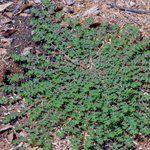


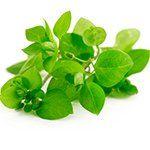
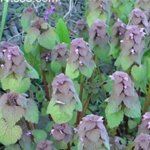
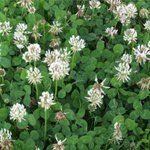
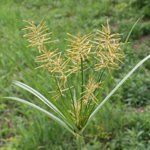
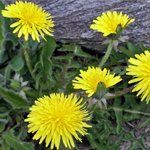
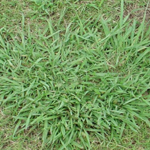
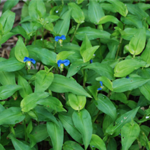
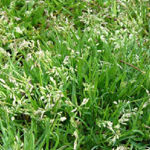
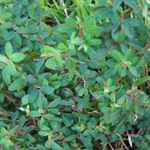

Share On: